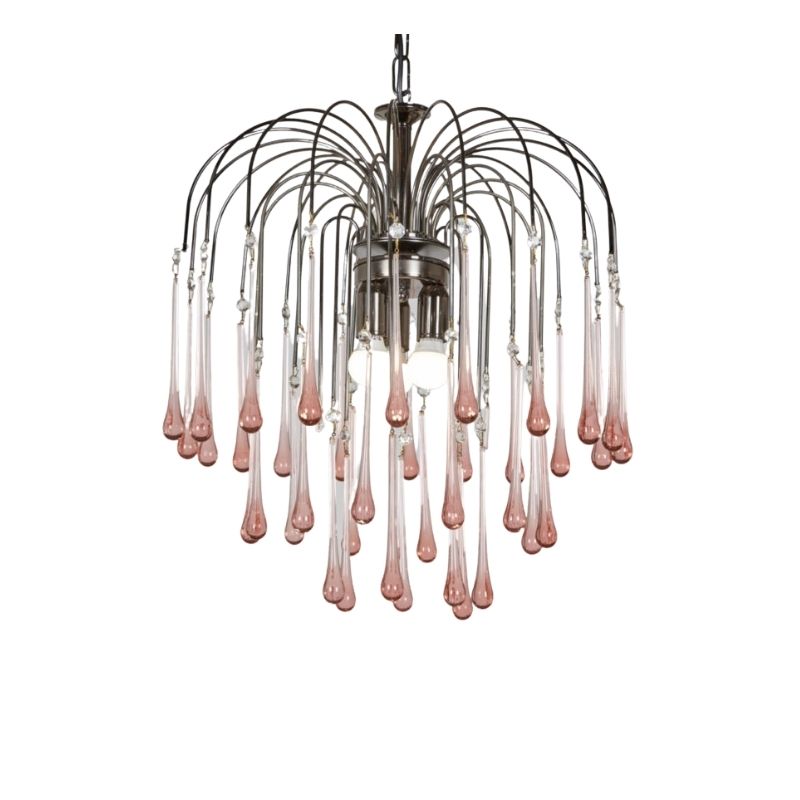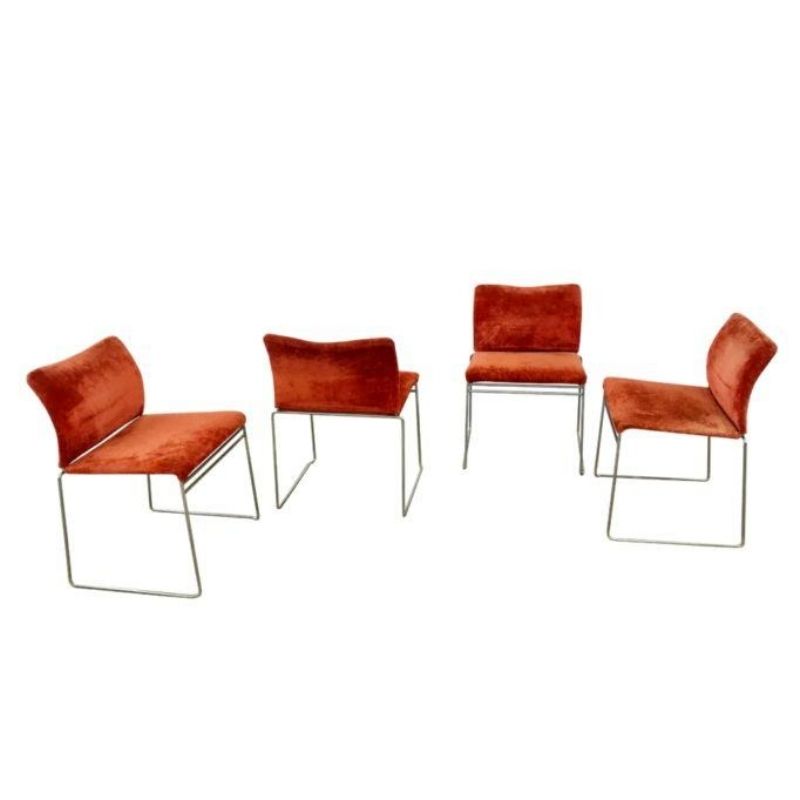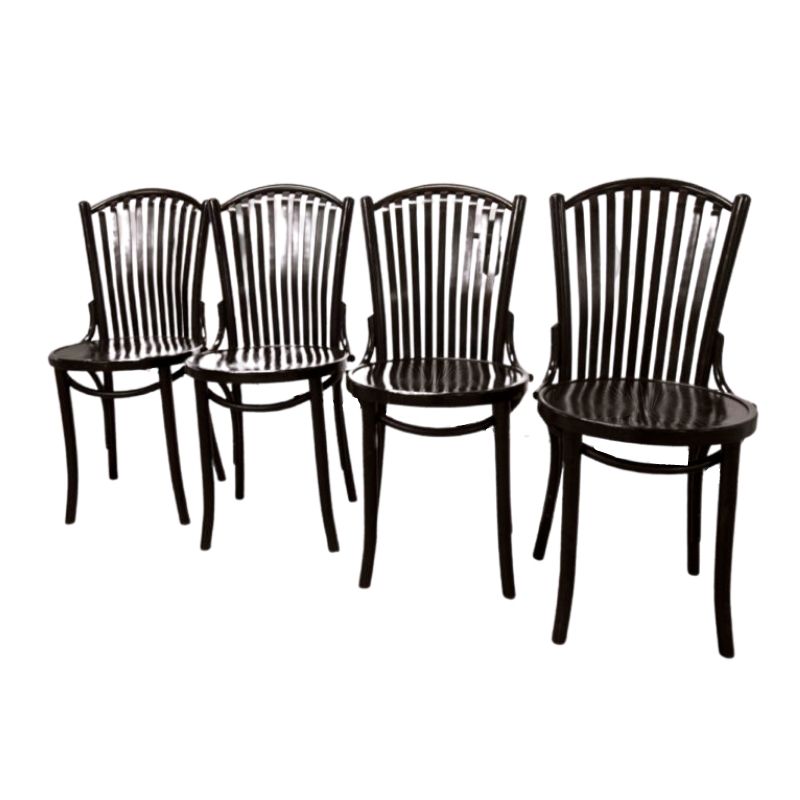With some recent threads discussing woodworking, routing, etc, I finally decided to post a design/construction thread about a bookcase I made for my house three years ago. The idea started in the mid 90's when I made a simple TV stand for a heavy 31" tube (new tv at the time). Key concepts for both designs are:1) Use of good (not great) quality 3/4" hardwood plywood. I chose the 7-layer birch option from Home Depot, rather than the higher quality higher-layer products available at specialty wood vendors, primarily due to cost.2) Embracing the nature of plywood but leaving the edges exposed (no veneer edge banding). By going with the HD wood, I realized that I would need to fill in holes here and there, and that the wood was never going to be perfect. While planning for very tight tolerances (~1/32"), the wood finish would still have flaws inherent to the material.3) No use of glue: allows disassembly into flat rectangular pieces (more important for possible future relocation of the bookcase, rather than the tv stand). Also from a conceptual perspective, I wanted the design to rely on connection design/detailing for its strength and stability, and not glue.4) The bookcase uses a well-established construction concept for its starting point: 4x8' plywood sheets are cut into long strips, slots are cut halfway through the strips, then the strips are assembled via interlocking slots into an egg-crate grid pattern. I decided on a 6x6 module (36 cells), which made each cell roughly 15" square, enough to fit most books and display items. As with any egg-crate design, this construction is susceptible to racking and usually has a back panel or reinforcing angles to resist the racking.5) Instead, I chose to follow a lateral structural bracing model used for buildings: laterally bracing one bay will stiffen adjacent bays. So, the vertical ends of the bookcase and tv stand are double strips of wood. The strips are fasteners together via stainless steel machine bolts/nuts with metal spacers (sanded galvanized conduit) in between. The rigidity within the two narrow end bays helps stiffen the whole bookcase. Aluminum angle "washers" are incorporated next to the nut to create a shelf to which the horizontal wood strips can be screwed.6) I also wanted flexibility for how the bookcase (and tv stand) could be used. Rather than make all 36 cells fixed (which would also be overkill for the bolt/spacer connection), only the larger 9-cell tic-tac-toe board members are fixed. Grooves were then routed into the remaining cell modules to allow smaller shelving strips to be slid in/out to allow for multiple configurations. Once the movable shelves are installed, the fixed tic-tac-toe board framework becomes hard to see unless you are specifically looking for it. This description is not very good, but the photos should make it easier to understand. Now, larger customized cells can be created, as needed but no larger than 30" square, to accomodate tall books, or in my case, tall Dansk ice bucket / candlesticks, and wide Dansk trays. Since my design relied heavily on tight tolerances, I ended up measuring three times (to around 1/32") before each cut or router pass. I drew/dimensions the design in AutoCAD to 1/32", and factored in actual plywood thicknesses as well. Piece drawings were also created that showed every slot/groove/bolt hole, and allowed me to arrange how to best fit all the pieces on only four 4x8' sheets. Since a tight fit between groove and movable shelf was integral to its usability, I also had to find a special router bit sized to match the exact 3/4" plywood thickness (HD doesn't sell those, Rockler does).Since I consider myself a novice woodworker at best, I did tailor the design to minimize use of complex woodworking skills/machinery. Only a cabinet saw (from the office workshop), handheld router, and handheld drill was used for the wood. The conduit and angle washers were also cut with the cabinet saw, and burrs ground off with a disk sander stand.Drawings, installation, and final photos attached.
http://d1t1u890k7d3ys.cloudfront.net/cdn/farfuture/t7Qm8M81CORmIUiOSUoVAcR6lrXBa4W8tLoPKCTG0fw/mtime:1487896300/sites/default/files/forum/b2.jp g" /><img class="wpforo-default-image-attachment wpforoimg" src=" http://old.designaddict.com/sites/default/fil 
Nuthin' wrong with that, cd!
I do have a few questions, however. What finish did you choose? The big box 3/4" birch ply is really exactly 3/4" thick? And, lastly, what kind of office has a workshop with a cabinet saw?
Thanks for sharing your carefully planned and executed project!
tk,
1) The finish on the tv stand from the 90's is tung oil. I went with Howard's Feed-N-Wax for the bookcase (orange oil, carnuba wax, beeswax). This finish is practically invisible and it feels/looks like raw wood. I waited for a month or two to make sure it had fully soaked in and dried before putting the books on.
2) My wording was poor. I meant to say that because the HD 3/4" ply is not exactly 3/4", but rather 23/32", I needed to find a 23/32" router bit from Rockler.
3) I work in an architecture firm that has a very good wood shop for making models, shipping boxes, etc. There are actually two cabinet saws, multiple sanders, jigsaws, drill-presses, as well as hand-held tools (including the router used). I did have to buy the 23/32" bit though as that was not part of the accompanying set.
You're lucky to be allowed use of your employer's shop for personal projects. I, too, benefited from the privilege for many years before the accursed MBA's decided and end should be put to it. Almighty forbid that staff might be injured or, worse, make a few bucks on the side.
Your drawings and clever solution to the racking problem should have tipped me off as to your vocation! You seem rightly proud of your work and that you may have even enjoyed the process. Again, thank you for sharing.
So, now that you've had the opportunity to live with your KD shelving system for awhile, what would you do differently if you had to build another? What's next in your progress toward becoming a practiced cabinet maker?
Well I had about 14-15 years between building the tv stand and thinking about how a sister bookcase would eventually be built, so I definitely didn't rush into it. And despite the careful preparation and measuring, I somehow made a measuring error and had all the slots and grooves on the four primary horizontals off by 23/32". Luckily, I was able to do a quick but almost invisible fix at home by cutting off this amount from one end (with a handheld circular saw), and gluing on a similar sized piece (from close matching grain of left over wood) on the other end. Since these four fixes fall inside the mini-bays, they are not easily seen.
Also, my design did not factor in wood swelling between dry winter months and humid summer months. I came home one day to find that the top horizontal had bowed upwards slightly, resulting in a couple of the top movable shelves to slip out of the grooves. Luckily there were only books up there at the time, and no damage occurred. My fix for that was to get a step stool and drill two screws through the top horizontal and down into the top edge of the two middle verticals, eliminating the chance to bow upwards again (I have since relocated the Hasselblad to the top shelf, so hope that fix is a good one). While it is in effect an invisible fix due to being well above eye level, I did wince a little while implementing it, knowing that there was a small flaw in the concept. Also hidden from view above the top member are two leftover aluminum brackets that are screwed to both the top member and the wood stud in the wall to ensure that it wouldn't fall over if some visiting kid decided to climb up it.
One idea I had, but did not implement, was to paint multiple colors in a 6x6 checkerboard grid on the wall behind to align with the cell opening. The first colors that popped into my mind were the Eames ESU colors. This would have been to way to highlight that there was no back panel for the bookcase, and provide interesting backdrops to each of the cells. Instead, I went the safe way and decided to go with the neutral off-white background color of the typical wall.
In terms of what is next, I read enough here to know that I am a long ways off from creating a more complex quality wood piece. Instead, I'm more interested in learning techniques for repair/restoration work that is often required for nice vintage Danish pieces. I'm still working out a gameplan in my mind for repairing the snapped Moller 75 chair leg that I mentioned in a recent thread.
If you need any help, please contact us at – info@designaddict.com









